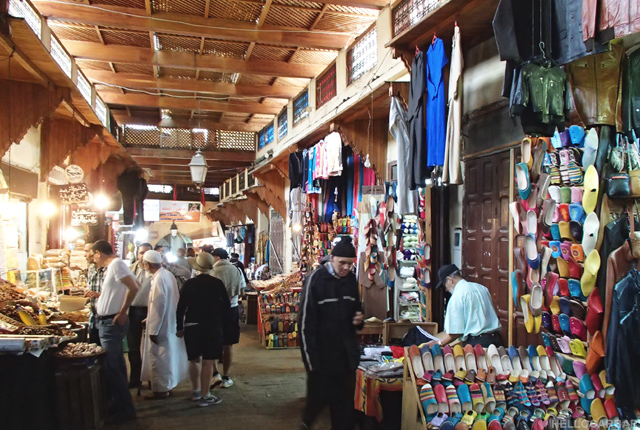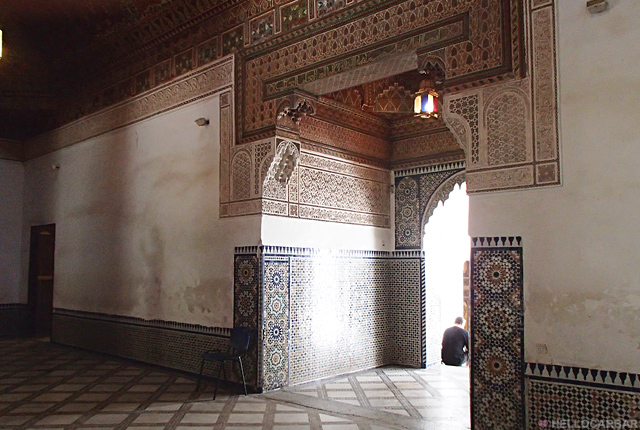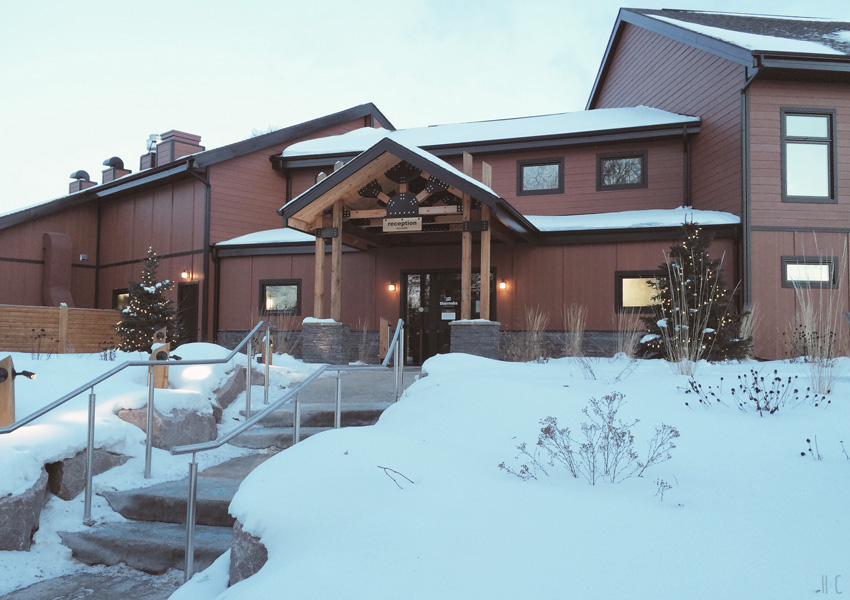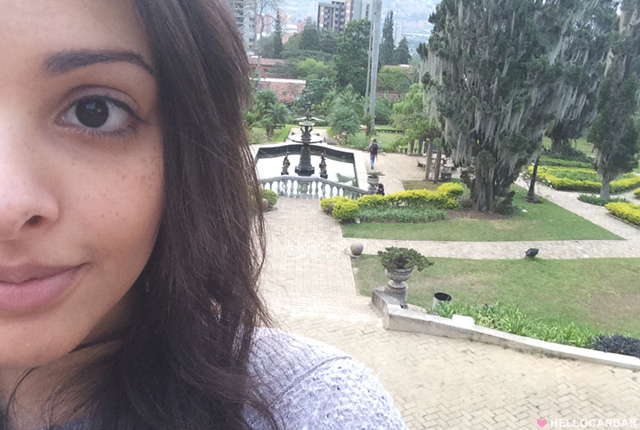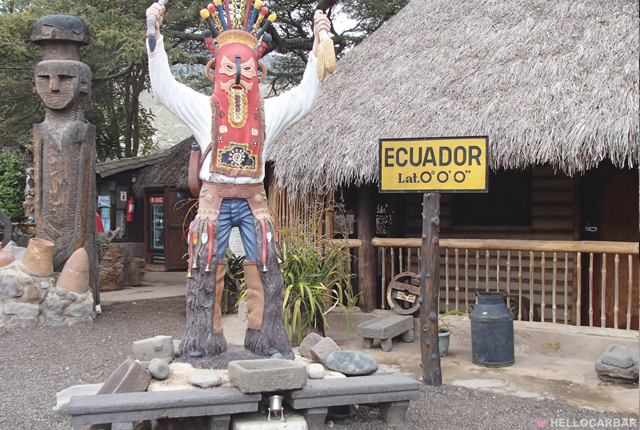 My second day in Ecuador found me taking a day trip to a place not far from Quito — a little museum in the middle of the world! Well, technically speaking not the middle midle, because I’m pretty sure that would be the core. /science
My second day in Ecuador found me taking a day trip to a place not far from Quito — a little museum in the middle of the world! Well, technically speaking not the middle midle, because I’m pretty sure that would be the core. /science
I was at the equator though (which BTW is the English translation of the word “Ecuador”. Quelle surprise, eh?). If you ever travel to the province of Pichincha in Ecuador, you’ll find el Museo Sitio Intiñan right on the line that divides the northern and southern hemispheres of our planet. It’s only $4 to enter and take part in a guided tour, which mercifully is offered in English as well as Spanish. Here I learned about the culture and daily life of the Waorani and Quichua (pronounced “kichwa”) indigenous peoples that used to live in the area years and years ago.
Many practised the art (umm, if you can call it that??) of shrinking the heads of the enemies they killed in battle or wise elders that had passed on, and either impaled them on stakes in the case of the former, or wore them around their necks for good luck in the case of the latter. They would also shrink the heads of animals, but I can’t for the life of me remember why.
Other things they did that didn’t involve shrunken heads included keeping guinea pigs in their homes to ward off evil spirits and for use in rituals (they also ate them ;_;), and they buried their dead with their belongings in clay pots to symbolize what rebirth into their next life. If the person who died was particularly wealthy or powerful, their wives and servants, who may or may not have been alive at the time, would also get the honour of being buried with them. Alive… yep, alive. I’m just going to let you digest that.
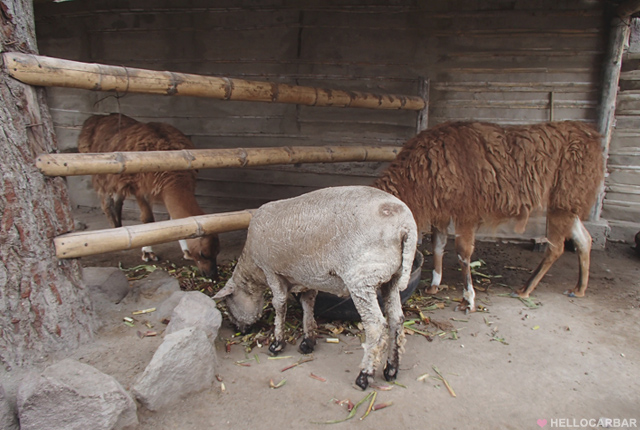 Oh, look, llamas! I wanted to pet one but they were too busy eating.
Oh, look, llamas! I wanted to pet one but they were too busy eating.
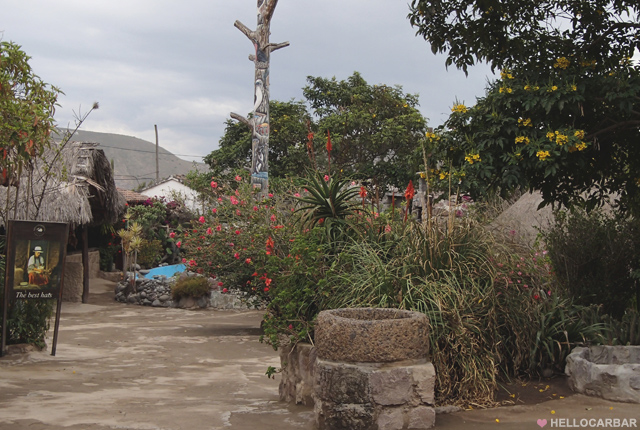
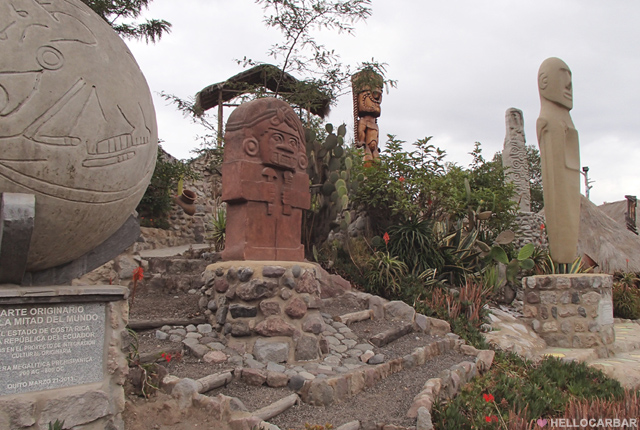
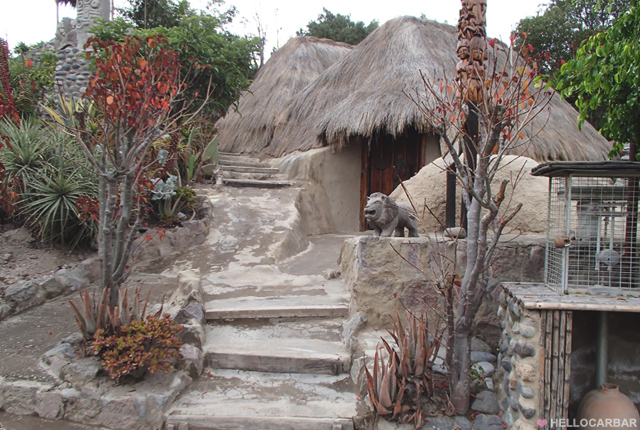
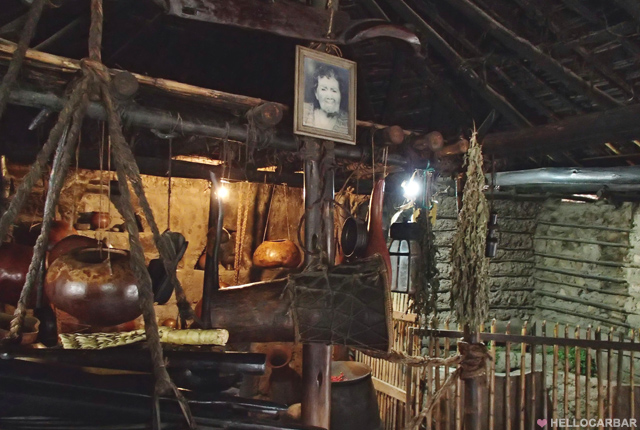
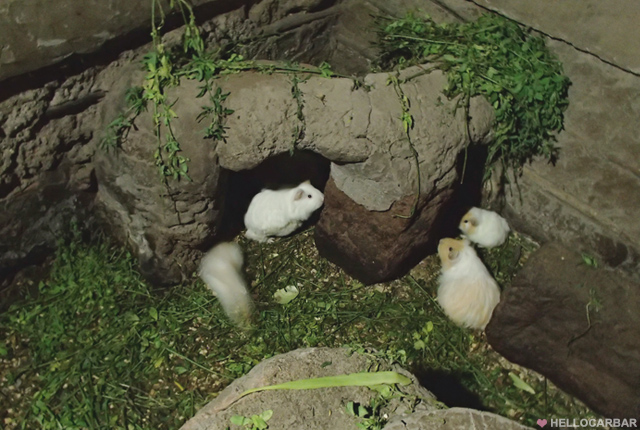 It was said that you would be welcome in someone’s home if the guinea pigs they kept there weren’t afraid of you. I must have been okay because I scared only one of them while trying to take a picture. Such cute little things, it’s hard to believe people would want to use them for sacrifices or eat them (as I later learned the Quichua and many Ecuadorians still do), but I guess it isn’t any different from people that eat rabbits and other animals we keep as pets in other cultures. These ones were safe at least. I hope. 🙁
It was said that you would be welcome in someone’s home if the guinea pigs they kept there weren’t afraid of you. I must have been okay because I scared only one of them while trying to take a picture. Such cute little things, it’s hard to believe people would want to use them for sacrifices or eat them (as I later learned the Quichua and many Ecuadorians still do), but I guess it isn’t any different from people that eat rabbits and other animals we keep as pets in other cultures. These ones were safe at least. I hope. 🙁
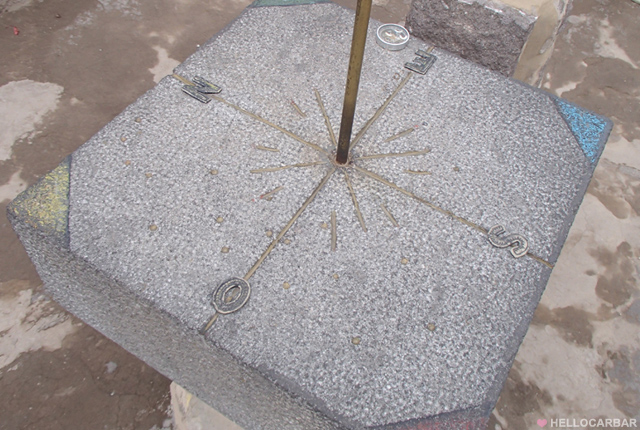
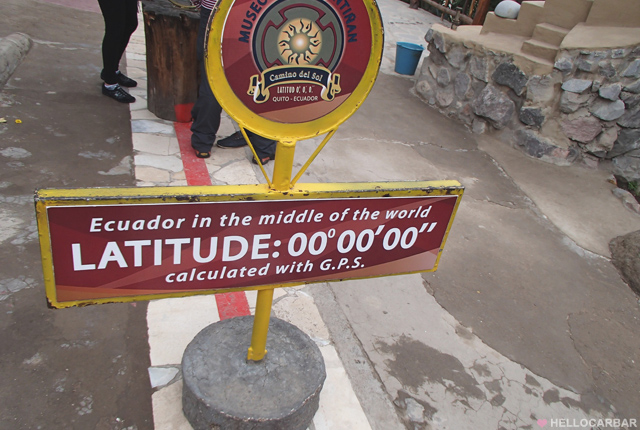
There were also various kinds of sundials that told the time of day or what season it was, and of course the main attraction was the ecuator itself, where everyone stopped to take photos of the big painted line (myself included), and we watched a demonstration of water draining in a basin that was much cooler than I thought it would be. In the northern hemisphere, the water would go down the drain clockwise. In the southern hemisphere, it would go counter-clockwise. And right in the middle on the ecuator it would drain straight down. This is known as the Coriolis effect. (<– things I remember from high school physics.. or was it bio?)
There were other tricks too, like the balancing of an egg on a nail, and attempting to walk the ecuatorial line with your eyes closed, which was quite entertaining for the people that watched you try to fight the forces from the northern and souther hemispheres at the same time. Neat stuff, that science.
Afterwards, we traveled a bit further along the ecuator to a giant sundial in the hills. Like the museum village, la Mitad del Mundo is man-made, however it’s not actually on the ecuator like it claims to be. Military GPS says so. It was just a big sundial, which was neat I guess, but not nearly as interesting as Museo Intiñan. I think it goes without saying which site I’d more highly recommend!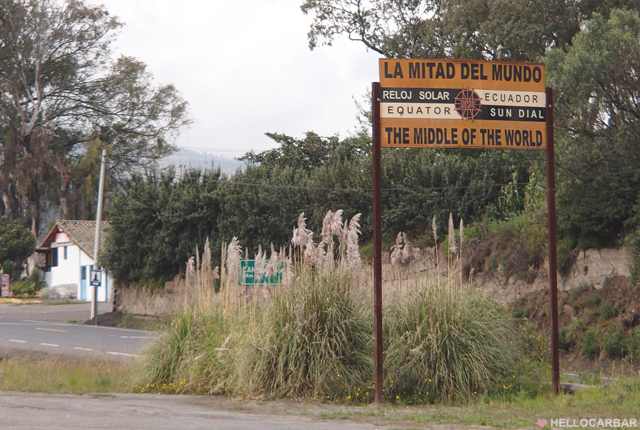
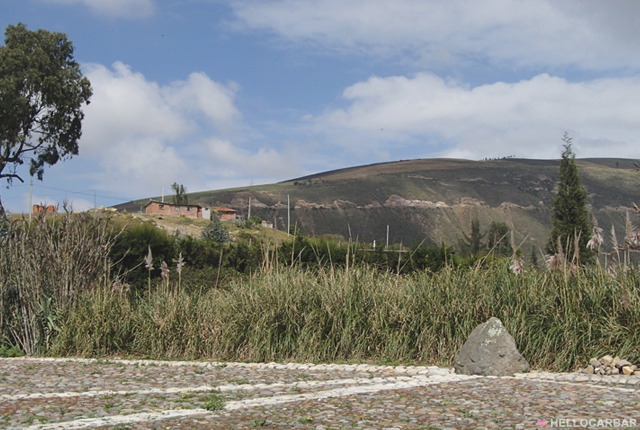
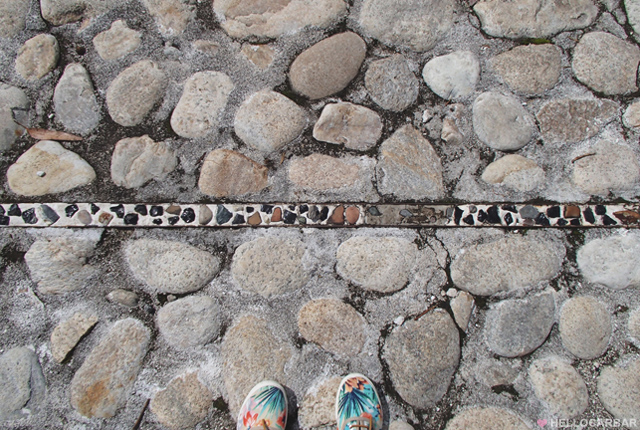
So that was Quito! And the surrounding area. Or most of it, anyway. Next stop, Cuenca.. though that will have to wait as I’m sitting in the airport in Cartagena (yep, back in Colombia!) about to board a plane to Panama where I’ll spend a day and then head back to Toronto.
In other news, I think I’ll stop looking out for weather reports in Toronto. It makes me sad to think about snow. In other, other news, I don’t want to go home.
-C

